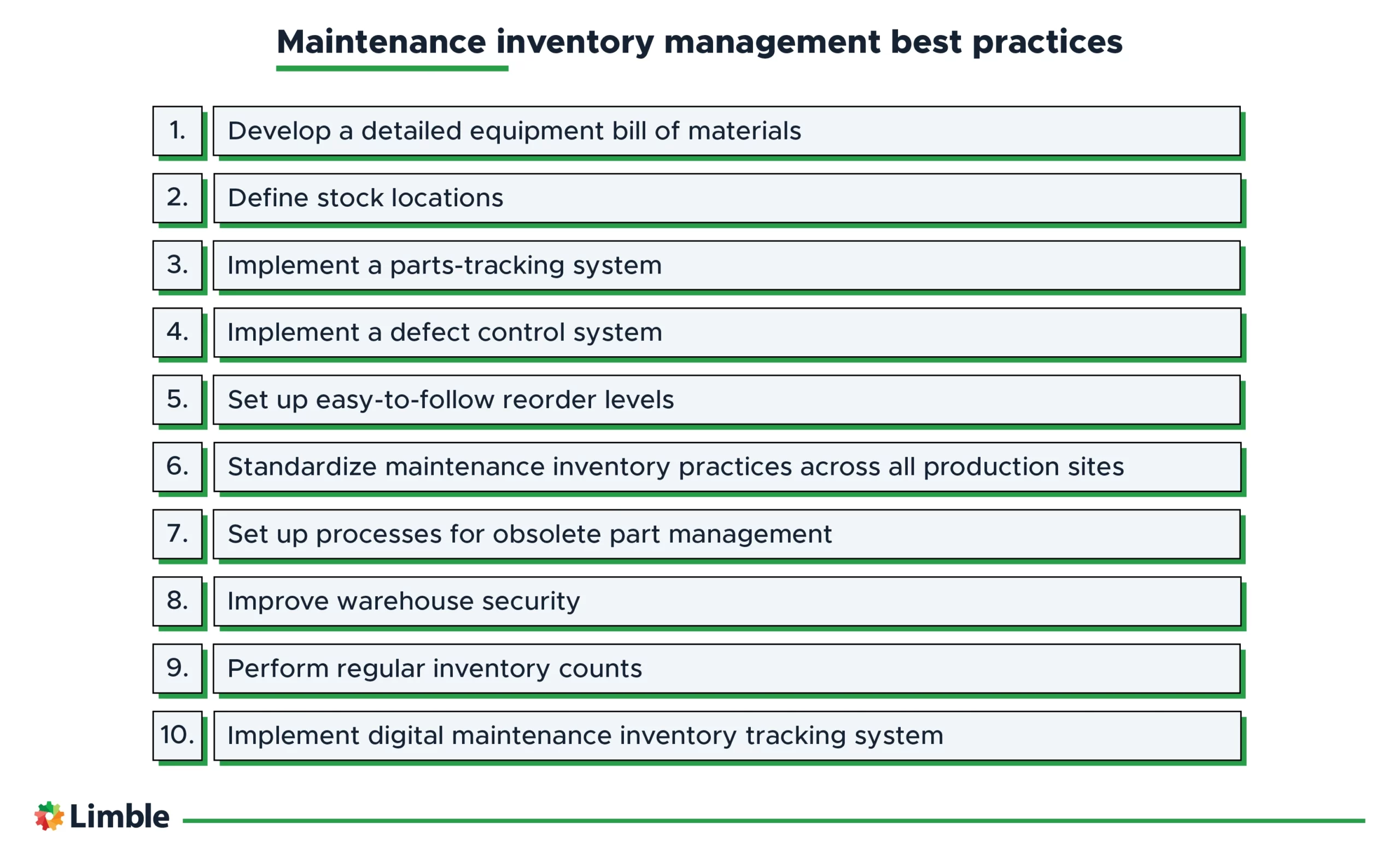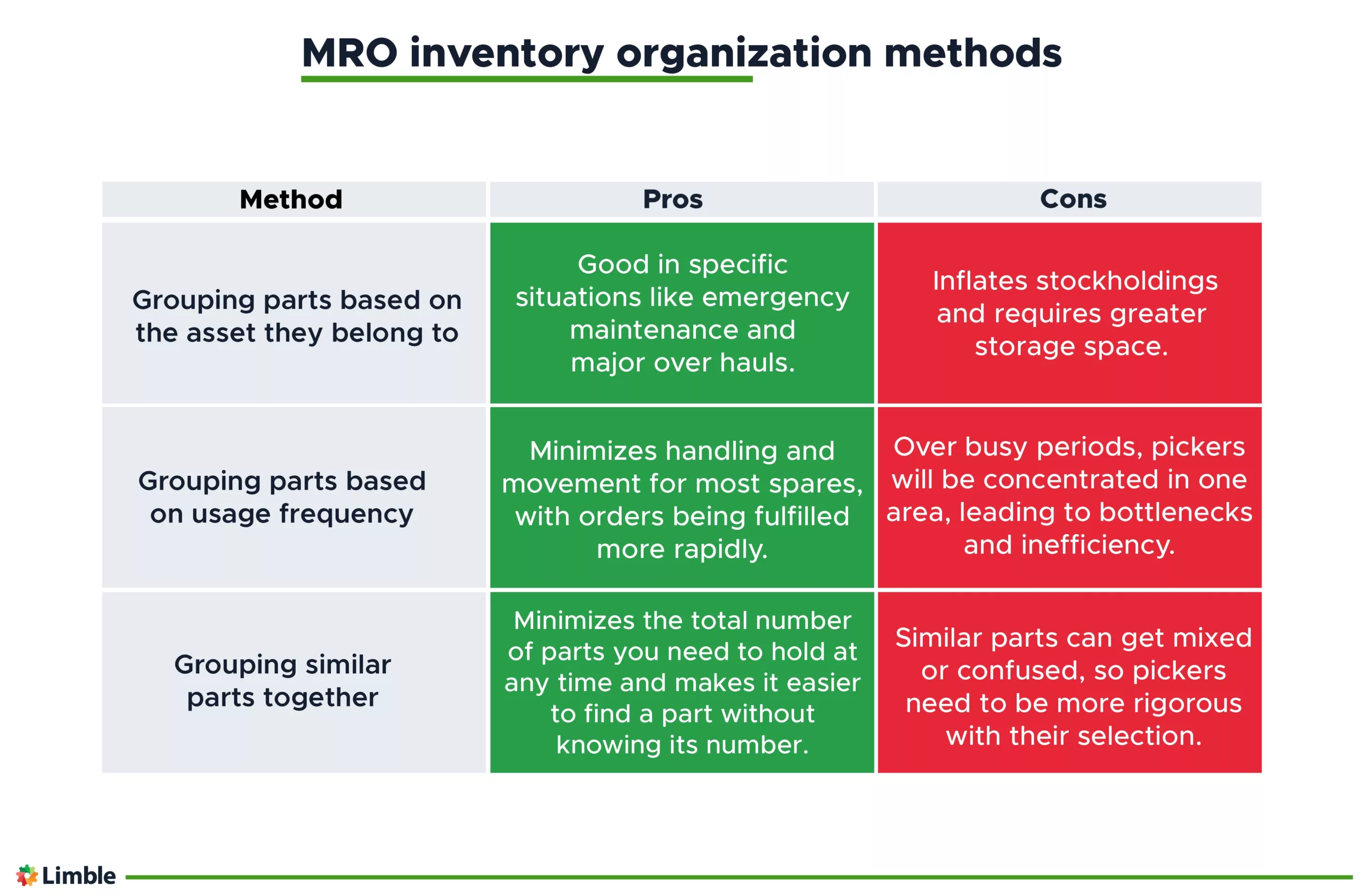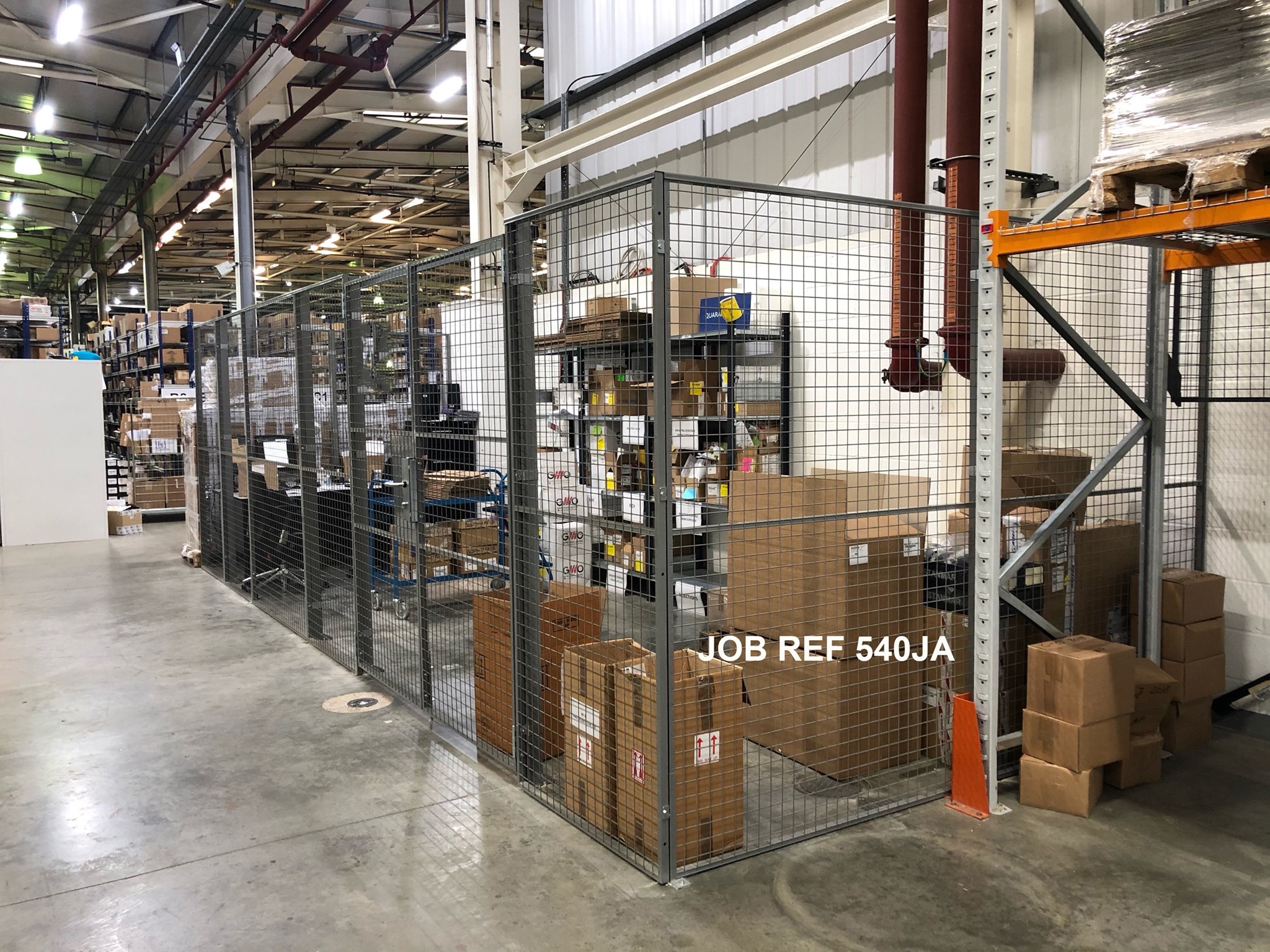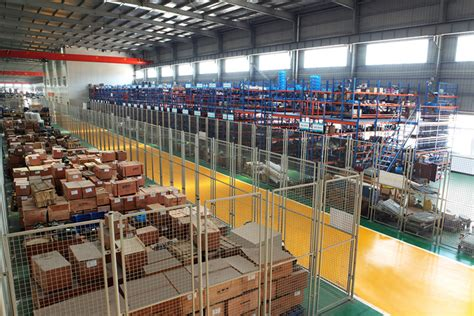Maintenance Inventory Management can be challenging to prioritize in a busy production environment. Yet, having the right spare parts at the right time is critical to every maintenance workflow.
Having too few (or incorrect) spares hurts equipment availability while increasing operating costs. Having too many (or obsolete) spares ties up capital and increases holding and management costs.
Want to be in the golden middle? Use these maintenance inventory management best practices.
The purpose and scope of maintenance inventory management
Maintenance inventory management is the process of consistently ensuring correct parts are on hand, when and where they are needed. However, we can’t forget about financial considerations — that inventory needs to be cost-effectively procured, delivered, and stored.
Spare parts inventory management covers a wide range of different tasks:
- Tracking inventory stock
- Procurement and storage of spare parts
- Managing defective parts
- Performing regular inventory counts
- Disposal of obsolete parts
- Forecasting future demand
It is clear there are a lot of processes that can be streamlined by good inventory management. It is a challenge, but it is also an excellent opportunity to cut costs and improve efficiency.
Maintenance Inventory Tracking Template
Begin tracking your maintenance and parts inventory with this free and easy-to-use template.
9 ways to streamline maintenance inventory management
The following best practices will help you create a strong, efficient, and disciplined maintenance inventory management strategy.

1) Develop a detailed equipment BoM (bill of materials)
A maintenance bill of materials is an asset-specific list of components needed to maintain or repair that piece of equipment. After developing equipment BoMs, a structured analysis will help you identify critical equipment, critical spares, and the number of times an individual spare has been listed on multiple BoMs.

Equipment BOM example. Image source: Sofeast
This analysis will guide your decisions on part stocking levels and help you consider details like part availability, repair turn-time, cost, component reliability, and maintenance frequency.
A detailed BoM starts at an assembly level, breaking into sub-assemblies, then individual components. It will use standardized naming conventions for descriptions and quote manual references or drawing numbers.
Developing equipment BoMs enforces rigor and insight regarding spare needs and stocking decisions, replacing guesswork with empirical data.
2) Define stock locations
While it may seem obvious, it’s surprising how many maintenance warehouses rely on the knowledge of the people operating the store to locate components.
Take a smarter approach. Grouping parts by asset, frequency of use, or similarity ensures accurate stock counts and simplifies the process of locating specific parts for everyone involved.
Similarly, using standard stock codes or part numbers prevents the distribution of duplicate parts with different numbers throughout the store.

To better understand how to organize inventory within a stockroom, look at our in-depth guide to maintenance storeroom management.
3) Implement a parts-tracking system
Maintenance spares can tie up a considerable amount of capital. Knowing their location and status is important for preventing loss, obsolescence, spoilage, and theft.
An inventory tracking system captures the details of a spare upon purchase and tracks it throughout its lifecycle. The goal is to know whether the part is fitted to an asset, sits on a shelf in the warehouse, or is out for overhaul.
A good parts tracking system will also show information like:
- Serviceability status
- Cycles/hours remaining for parts that are time/usage-limited
- Part location inside the warehouse
- The number of spares owned and their values.
While you can use spreadsheets to set up your maintenance inventory tracking system, you will be far better off implementing a CMMS with parts management features or dedicated inventory management software.
4) Implement a defect control/quarantine system
If you do not have a reliable tracking system, spares get lost, damaged, or miss modifications. Oftentimes, they will find their way back into the store’s system despite being potentially unsuitable for use.
A strict defect control system combined with a rigorous tracking system removes the possibility of returning obsolete or defective spares to the warehouse as serviceable.
All spares entering the warehouse, regardless of source, must pass through a quarantine facility — a secure store within a store. An approved inspector must inspect each part or tool and issue the component to the appropriate destination, depending on the inspection result.

Secure quarantine area installed at a facility of an aerospace part distributor. Source: Stakrak Ltd
New or repaired parts ordered from a supplier must undergo a conformity inspection to check compliance with the purchase order and serviceability. If it passes, the item is sent to the main warehouse, making it available for use. Otherwise, it stays in quarantine, awaiting further judgment.
Similarly, parts returned by the maintenance team should receive a serviceability check for approval before they re-enter the main stock. Tools for calibration can also be kept in quarantine to prevent their use until tested and certified.
Think of the quarantine area as a secure border control that all parts and tools pass through before entering the warehouse or leaving the business premises.
5) Set up easy-to-follow reorder levels
A reorder level is the quantity trigger for procurement to place an order to restock a component. Setting inventory levels can be tricky, as you must ensure sufficient spares,without overstocking and wasting capital and storage space.
There are several reordering systems, but one that typically suits maintenance activities is the min/max system. It only requires two variables — a reorder quantity and a maximum holding quantity.
For example, let’s say you use 30 o-rings each week and wish to keep at least three weeks of supply in stock. That means your minimum reorder point is 90. This o-ring is common and readily available so you can replenish them within a week of ordering.
Therefore, you set your maximum holding at five weeks of average use, so 150. With a min/max of 90/150, each time your stock falls to 90, an order is placed for 60 o-rings.
If you use a CMMS like Limble, you can let the system send alerts when an item’s stock falls below the defined threshold. You can even connect it to your purchasing system, automatically notifying your procurement team to place a new purchase order.
6) Standardize maintenance inventory practices across all production sites
If you have multiple production sites, it is important to standardize your maintenance inventory and asset management practices. This standardization will give you a clearer picture of the company’s assets and inventory, allowing internal parts transfer in case of emergency maintenance or part stock-outs.
The easiest way to consolidate data from multiple locations is to make sure everyone is using the same maintenance inventory software. Again, the simplest way to do that is to implement an asset management software that lets you manage multiple locations under a single account.
7) Set up processes for obsolete part management
Obsolete stock is an ever-present threat in a warehouse. The most common culprits are:
- Spares with shorter shelf-life
- Spares that require modifications
- Spares that are no longer used on a particular asset
- Spares for assets that are no longer in use.
Use your BoM and part tracking to keep stock current. Send parts for an overhaul when they need to be modified or are approaching their use-by date, and sell or dispose of them when they become obsolete.
Schedule regular inventory reviews to ensure efficient capital use, accurate asset balances, and a reduced risk of expensive downtime.
8) Improve warehouse security
Businesses invest considerable capital into maintenance spares. Proper warehouse security is a logical step for protecting that capital.
Ensure a strict chain of custody for all spares, from receipt into quarantine for inspection and conformity checks, then to the correct shelf location as stock.
Such inventory control requires secure, lockable, and access-controlled facilities that separate your stores from the main plant.

Image source: Qunfeng Intelligent Machinery Co.
A part can only leave the warehouse by being issued to a maintenance technician or sent to the shipping dock for delivery.
In both cases, your tracking system will show who received the part and what they did with it.
9) Perform regular inventory counts
You are probably familiar with annual inventory checks. These massive counts can take days to complete, tying up internal resources. When they find discrepancies, it is often too late to understand what caused them and when.
Cycle counts and spot-checking are two ways to break one large inventory count into multiple smaller ones:
- Cycle counts segment your inventory into smaller blocks based on part location, asset type, or supplier. They occur on a continuously rotating schedule.
- Spot checks are random checks of different stock items that identify stocking errors or losses.
If performed frequently, these simple steps help identify minor maintenance inventory problems before they become major issues.
The Essential Guide to CMMS
The Essential Guide to CMMS

Simplify your maintenance inventory management with Limble CMMS
Limble CMMS is a cloud-based maintenance software that helps you organize, automate, and streamline all of your maintenance operations.
It features a robust maintenance inventory management system that:
- Automatically tracks stock levels and locations as parts are used or moved. You gain insight into who used the part, when, for what reason, and against which internal document (work order or a preventive maintenance task).
- Tracks shelf life and flags items when they are nearing their use-by date.
- Helps compare equipment BoMs against inventory when trying to identify obsolete stock.
- Offers real-time reports that are updated as soon as a PM or WO is closed. This can also be used to track relevant metrics and KPIs.
- Monitors your min/max levels and automatically alerts warehouse and procurement staff when quantities drop to or below the minimum threshold.
- Allows you to generate and print custom barcodes for simpler tracking and faster inventory counts.
- Allows you to manage your inventory across multiple national or international locations. Centralized data management provides a single source of truth and helps you compare inventory costs and team performance between multiple locations.
- Automatically tracks your spare parts usage, creating a data-driven approach to forecasting your MRO materials and consumables.
This goes without saying, but a computerized maintenance management system is much more than an inventory tracking system. Check our What is a CMMS and How Does it Work guide to learn more.
Parting thoughts
Effective maintenance inventory management is a foundation for running an efficient maintenance program. Using the right tools and software is crucial to ensuring maximum equipment uptime and performance while minimizing capital and operating costs.
Limble CMMS provides all the tools you need to stay in control of your maintenance inventory. Start a free trial or schedule a product demo to see how you can use it to quickly reduce your spare parts management costs by 30 percent.
